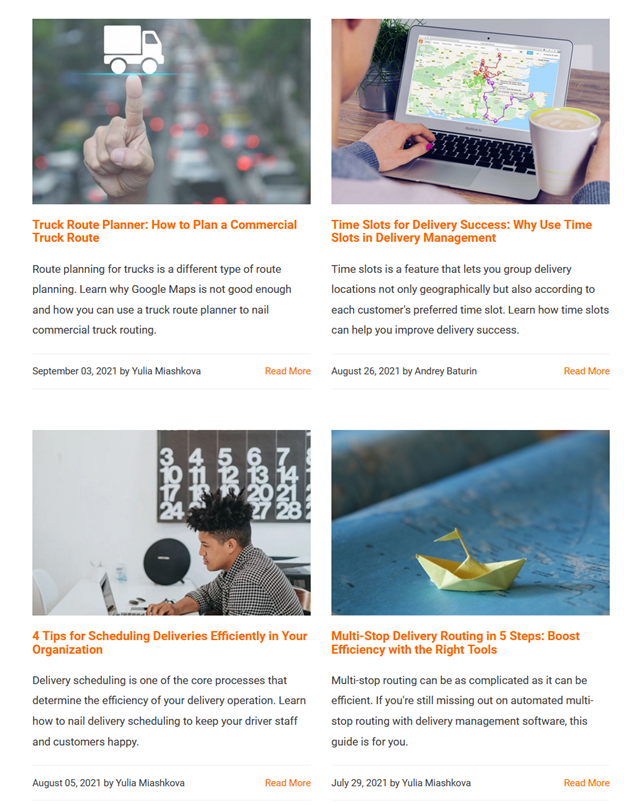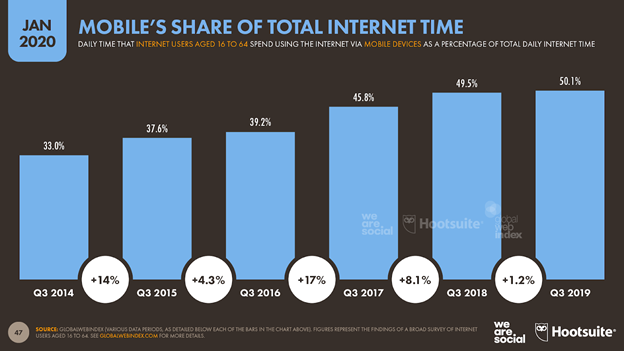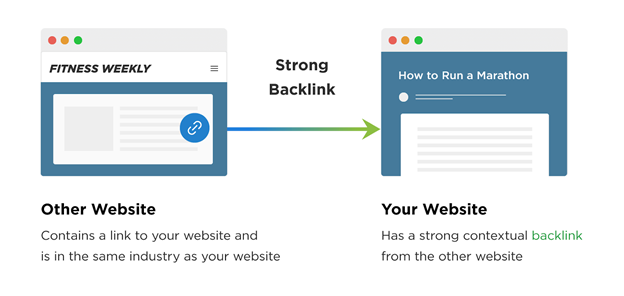
Time is money. That has been well documented for many years. But in the time of COVID-19, money carries a lot more weight.
A lot of companies are slashing their budgets to the bone, which makes sense given the economic climate of this post pandemic world. But, when it comes to your marketing strategy, freezing your budget or stopping your digital marketing altogether is not wise.
In fact, it should be considered a business death sentence to stop all marketing because of COVID-19.
But you also can’t charge ahead as if nothing has changed. So much has changed. The entire world has changed. And the way you allocate your marketing budget has to change with it.
At least for now…
When COVID-19 has been eradicated, life can return to a state of normalcy. But until then, you’re going to have to make some concessions with how you do business and where your budget goes.
Thankfully, there’s a budget friendly way to keep your content marketing going, even in the face of a pandemic.
What if I told you that you can create new content using information you already have?
It’s called repurposing content, and it’s a quick and cost free way to boost your SEO score and keep pushing your name out there during such an uncertain time.
By repurposing the content you’ve already written, you can generate profits and increase your exposure by putting in only half the work.
How Do You Repurpose Content Without Duplicating?
If you’ve done any research into Search Engine Optimization, you’ll know that one thing Google doesn’t like is duplicate content.
“But isn’t repurposing going to create duplicate content?” you might ask.
Absolutely not, as long as it’s done the right way.
For starters, if you’re writing an article based on something you’ve already written, you’re not just copying and pasting said content into a new post and publishing it.
That would be duplicate content and it’s not to be confused with what we’re doing here.
Content repurposing comes from taking the information contained in those older blogs and creating original content from it.
This can be done in a number of ways.
First, there’s a format change. There are many types of content and something that you wrote in the past could easily become a video or the topic of conversation on your podcast. You could even build an infographic out of your old data.
Then, of course, there’s a simple update. If you’re using statistics to make your points, new information can sprout up that makes those earlier findings invalid. When this occurs, the content that might have once drawn people into your site is now outdated and useless. By giving it a quick refresh and sharing it on social platforms, you can take the old and outdated and make it new and useful again. You’d be surprised at how much traffic a simple update can generate with one Instagram post.
Do you have list articles? I’m sure that you do.
Something like “5 Foolproof Tactics That Will Help You…” or something to that effect.
You see one list article with five sections. However, you could see five different articles, all linked together in one series.
You can even keep that original list article and turn it into the hub of a hub and spoke series.
Then of course, there’s external content. If you want to generate backlinks to keep your SEO game strong during quarantine, you can easily do that by taking some of your old content and adapting it to fit the site that you’re posting on.
No matter how you choose to repurpose your old content, make sure you’re taking the quality of your copy into consideration. Just because you don’t have to research anything new doesn’t mean that you can skimp out on the editing process.
For example, look at how some of the content from this FAQ section on building automation systems is repurposed into this blog post.
We recommend using tools to make sure that your copy is pristine and optimized. Consider Grammarly for your editing needs and either MarketMuse or ClearScope for optimization.
Make a Series
Everyone loves a series!
If COVID-19 has taught us anything it’s that people love a good binge. That’s true of Netflix shows like Tiger King (Carol definitely killed her husband, right!?) and it’s true of written content like a blog series.
Here’s the beauty of a series, you’re killing two birds with one stone.
Not only are you creating a number of articles or videos for people to pour through, if you link these articles together then you’re also fulfilling a major SEO bonus.
Google wants to see internal links. When your pages are connected through strategically placed links, Google’s bots can more easily crawl the page and you get some bonus points for making the life of a Google spider that much easier.
That’s a bit of an oversimplification, but internal linking between pages is something that Google absolutely wants to see.
List articles are the easiest pieces of content to repurpose into a series. You already have a large article with a ton of information. It then becomes a simple matter to take each point from your list and give it a dedicated article of its own.
This gives you a chance to spread your wings and dive deep into these topics. Perhaps you felt constricted the first time you wrote about them in your list article. Now, you have the opportunity to showcase the extent of your research and ensure that your target audience gets a great understanding of the point you were trying to make.
Track-POD, a software for route planning, uses this method in their blog. They have created a whole series of articles around their article on delivery route planning.
The hub and spoke method can easily be applied to a series.
What is the Hub and Spoke Method?
When Walt Disney was designing Disneyland, he wanted to make sure it was easy to navigate. That’s why he used a design called hub and spoke.
In the center of Disneyland you had Sleeping Beauty Castle. That was the central hub of the entire park. From there, individual areas sprung out in a circular design like the spokes on a wheel.
How does it apply to marketing?
A hub and spoke content series works in much the same way that Walt Disney’s first theme park does. You have a central article called the hub. It should be fairly long and contain a lot of information. A detailed list, like those we’ve already discussed, could work well.
From that central hub article you have links to offshoot articles that take a specific subject that was touched on in the hub and expand upon it further.
Those spoke articles would then link back to the main hub, creating the interconnected web of content that Google so loves.
By creating a hub and spoke, you’re developing a series of easy to navigate articles based solely on repurposed content that your target audience can get knowledge and enjoyment from.
Update Your Existing Content
While most content repurposing comes from creating new content out of old information, you can also pass off old articles as new once again as long as they’re given a makeover in the form of updates.
When you update your existing content, you’re taking an article that you’ve already written and adding new information to the existing body in order to keep said article relevant.
Let’s say that you’re writing about mobile internet usage. Back in 2017, you wrote a killer blog about the rise of mobile internet where you cited facts, showed visual aids like graphs and charts, and made a great case for why marketers should focus more on mobile internet optimization for their content.
That information was all well and good in 2017. But now it’s 2020 and there’s a whole new world of facts and figures out there pertaining to this subject. Anyone who stumbles on this article now would shake their head at all of your outdated statistics.
That’s why it’s important to keep track of some of your more stat heavy articles so that you can go back and update them for the current year. If an article is doing well for you and pulling in traffic, it’s your job to continue to nurture that article and update it so that it never becomes irrelevant.
If someone finds your article and discovers information that is old and outdated, your validity takes a hit. That’s why it’s so important to constantly go back to the well and repurpose content through updates.
Do you conduct reviews on your site? If so, you’re going to want to be constantly checking for updates.
Take these Miami coworking reviews as an example. It lists information on coworking spaces in Miami, including pricing and amenities.
Of course, this information often changes. That means to truly serve its readers, a site like CoworkingReviews has to be on top of changes in the services it reviews. Without content repurposing, a site like this would be left in the dust.
Even list articles comparing tools or services, like this one comparing the top PEO companies, need to be regularly updated to ensure the information is up to date.
It’s important to mention in the article the last updated date so that readers are aware that the information is current.
Guest Blogging
You should be constantly trying to get blogs listed on other sites that contain a link back to your site.
This is called backlinking, and it is one of the most important aspects of SEO.
A backlink is a link on another site relevant to your industry that connects to your website. Think of it like a letter of recommendation. It’s the established site saying to Google, “Hey Google, this site here is legit by us, so much so that we’re citing their information.”
One of the best ways to generate backlinks is to write blogs and shop them around to various websites. Make sure that you’re including a link back to your site somewhere in the body in a way that makes sense. Don’t hamfistedly put it somewhere obvious. It has to make sense within the body and story of your article.
So, what does this all have to do with repurposing content?
Well, you can repurpose content from your website to feature on other websites.
When doing this, it’s important that while your ideas may not be wholly original, your content has to be. If you had a great idea for an article on your website, but you think that it could generate some traction elsewhere, you’re going to have to change it up.
Write the new article completely from scratch. Don’t reuse any of your existing copy. Once you get good enough at repurposing your content into guest blog articles, you’ll find that some of these websites will come to you regularly.
In case you’re manually pitching the website owners with your content ideas, make sure to perform prospecting before outreaching. You want to publish your content to the highest authority and relevant website with real traffic. Before starting your outreach process, make sure to verify email addresses, so your emails don’t bounce or end up in a spam folder.
Change the Format
What if I told you that you could take one existing blog post and get four or more repurposed pieces of content from it?
It’s true!
By changing the format of your content creation, you can get a lot of mileage out of one concept.
Let’s say that you have a podcast. By the way, you should absolutely have a podcast. They’re easy to make and they’re super fun to produce!
You can take the topic of one of your blog articles and repurpose that content into a topic for your audio show. Sit with your cohost and spitball for a bit, going back and forth on the topic at hand. By presenting this information in such an informal and relaxed conversational tone, you’re engaging the audience all the more. It feels like they’re listening in on a conversation (not in a weird way) instead of scanning (and likely skipping) through written content.
Then there’s video.
Video can be one of the most effective and impactful mediums for repurposing great content. By taking your blog post and converting it into a video, you can present your audience with a visual and auditory representation of your original content.
Another great thing about video is how easy it is to share. Whether you go on Facebook live, post Instagram stories, or post them as YouTube videos, you can’t go wrong by creating video content.
You can also take the data from your written blogs and design an infographic. This visual content is more flashy than a plain blog post and can be appealing to readers throughout your demographic.
After you create an infographic, share it on social media platforms like Facebook, LinkedIn, and Twitter. Include it on infographic directories for maximum exposure.
In Conclusion
Don’t lock up your marketing budget during the COVID-19 pandemic. But, at the same time, don’t mindlessly throw money around either. Your content marketing strategy doesn’t have to suffer. It just has to adapt.
Focus on repurposing your existing content to save on both time and money while boosting your SEO score and providing your target audience with content that will keep them engaged until this virus is just a memory.
 Author: Lily-Ann Greene is a freelance writer with prior experience in corporate branding. She now specializes in content marketing and social media strategy.
Author: Lily-Ann Greene is a freelance writer with prior experience in corporate branding. She now specializes in content marketing and social media strategy.
2459 Views


















